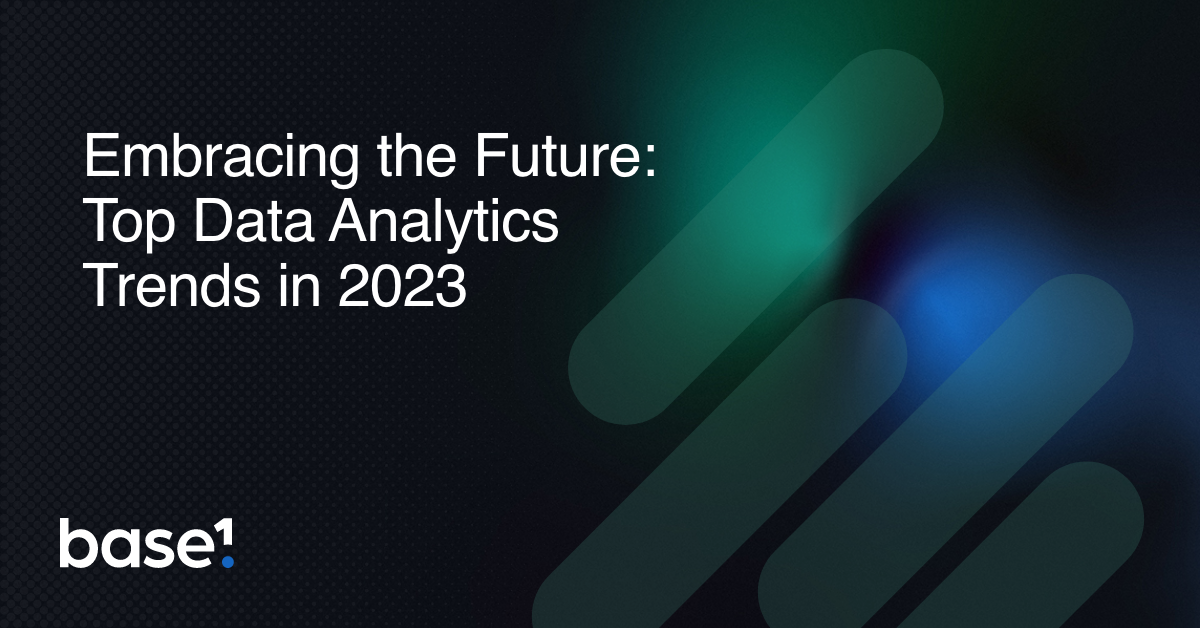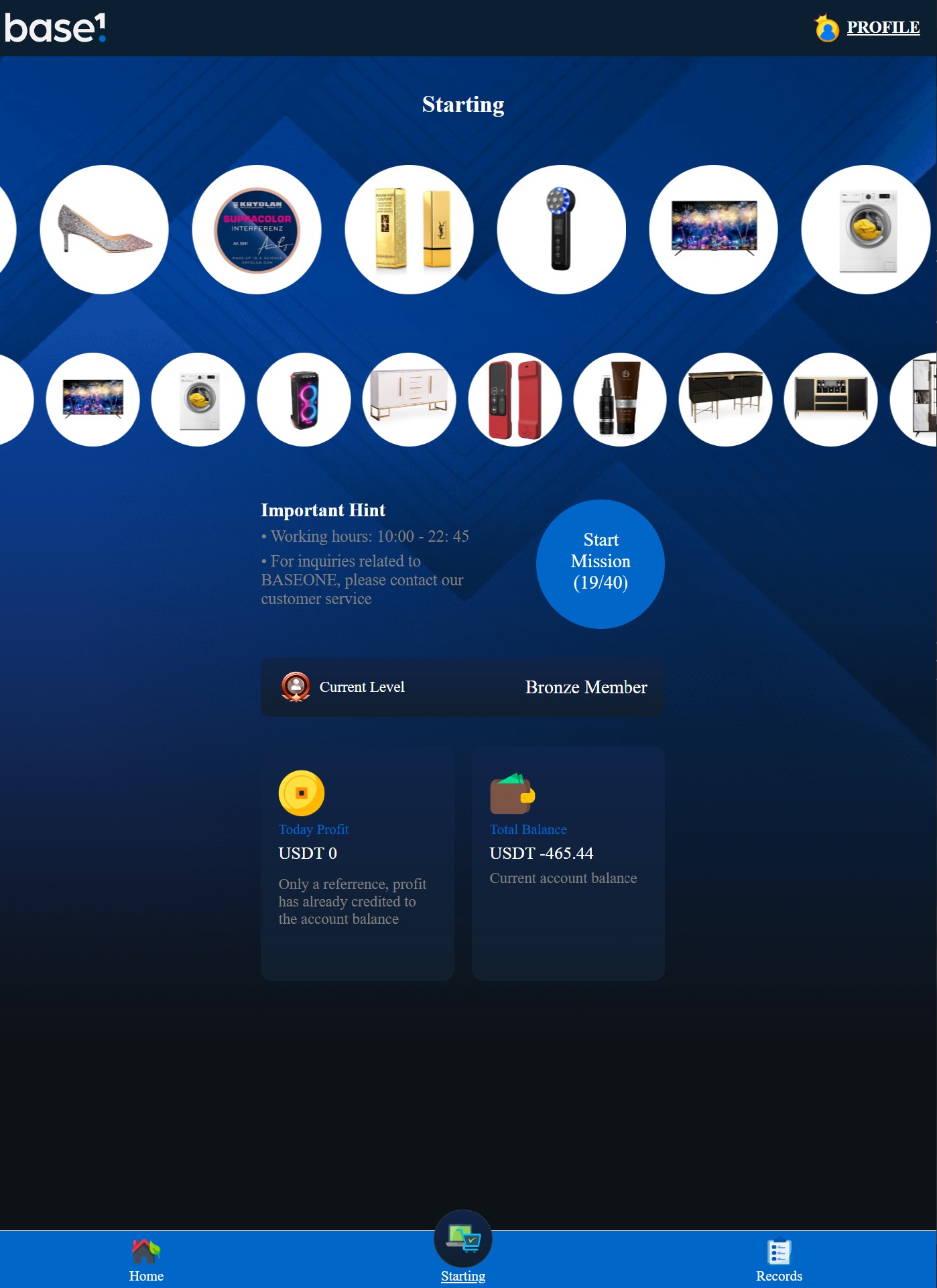In the world of data analytics, the ability to effectively communicate data is of paramount importance. As we ride the wave of technological evolution, we are presented with an array of options for displaying and interpreting data. Two such techniques are interactive dashboards and data stories.
In this article, we will unpack the differences and uses of these two crucial data visualization tools. Guiding you in choosing the most effective technique for your organization’s needs.
Interactive Dashboards: Automating Data Visualization
Interactive dashboards are widely employed by organizations of all kinds to display, understand, and communicate data across various departments. As a simplified, out-of-glance view, a dashboard presents data in the form of charts and graphs, emphasizing key pieces of information.
Created by data analysts, dashboards are deployed to end users who interpret the displayed visualizations at their discretion. They also come equipped with filters that allow users to explore different subsets of data, all within a single platform.
Dashboards are designed to automatically update at high frequencies, delivering fresh, up-to-date insights with minimal human intervention post the initial setup. With high stability and negligible downtime, they are intended for consumption by a broad user base.
For example, a dashboard that provides a sales manager with insights into the top-performing salespeople each month. It will display crucial metrics such as units sold, total revenue, and product categories for each salesperson, facilitating a visual comparison for effortless consumption.
As a data analyst, designing and creating interactive dashboards that effectively communicate key data points is an invaluable skill. Their widespread usage in tracking vital business operations underlines the effectiveness of dashboards as a data visualization tool.
Data Stories: Crafting a Narrative with Data
As a more recent development in data communication, data stories are rapidly gaining traction. They offer a unique way to present statistical insights in simple terms to a non-technical audience, thereby influencing business decisions or actions.
Unearthed by data analysts, data stories are typically shared with key personnel who have decision-making power. These stories require the analyst to sift through extensive datasets to find essential insights that can aid end users in their decision-making process.
A data story begins with a description of the data, followed by an explanation of patterns or trends, and concludes with potential courses of action based on these findings. The goal isn’t to dictate to a decision-maker but to present them with a range of viable options backed by data-driven analysis.
Unlike dashboards or reports that can be automatically reproduced, data stories usually require manual effort and direct presentation by the data analyst. These stories should flow naturally and be simple enough for anyone to understand, even without prior knowledge of the dataset.
To illustrate, imagine describing sales trends to a manager keen on identifying the top-performing salesperson for the quarter. With a data story, rather than simply listing people, you would narrate how the data supports your conclusion and what you anticipate for the future based on current performance.
In sum, understanding how a data story operates allows you to make a more informed decision about whether it’s the right tool for your organization.
Which is best for you?
In the realm of data analytics, dashboards, and data stories are powerful tools for interpreting and communicating data. While dashboards provide automated, high-frequency updates in an easy-to-digest format, data stories offer a more narrative, hands-on approach, perfect for detailed insights and strategic decision-making.
Choosing between the two ultimately depends on your organization’s needs, the nature of the data, and the intended audience. As a data analyst, mastering both these techniques can significantly elevate your data communication skills and open new doors to impactful business decisions.
Pros and Cons of Data Dashboards
Data dashboards are a popular tool for data visualization and have their distinct benefits and drawbacks.
Benefits of Data Dashboards
Dashboards consolidate various data insights in one place, offering a panoramic view of multiple statistics and graphs. Published on a server, they are accessible round the clock and updated automatically, making them a convenient tool for end-users. Furthermore, the low maintenance requirement post-creation eases the data analyst’s workload.
Limitations of Data Dashboards
Despite the advantages, dashboards demand significant end-user participation. Users must independently operate the dashboard, remember to apply necessary filters to extract the desired information. Besides, dashboards demand significant effort to understand the data insights, which may not suit a time-strapped or non-technical audience.
Pros and Cons of Data Stories
As data stories gain momentum, it’s essential to acknowledge their pros and cons, too.
Benefits of Data Stories
Data stories are a highly effective way to communicate data to business users, especially high-level executives. They simplify the data and present findings directly to the stakeholder, often providing a more comprehensive understanding of the data. Additionally, data stories can be instrumental when presenting data under time constraints.
Limitations of Data Stories
The primary drawback of data stories is the lack of automation. It requires substantial manual work to uncover, prepare, and present a data story, making it a time-intensive method for analysing and presenting data.
Concluding Thoughts
Both dashboards and data stories have their places in the realm of data visualization, each offering unique strengths and having certain limitations.
Dashboards excel in providing a comprehensive, high-level view of data, while data stories delve into the intricacies of data, unravelling the narrative behind the numbers.
The choice between the two should be dictated by the specific needs of your audience and the nature of the data being presented.
As a data analyst, your role is to leverage these tools effectively, ensuring the data’s essence is communicated succinctly and lucidly.


